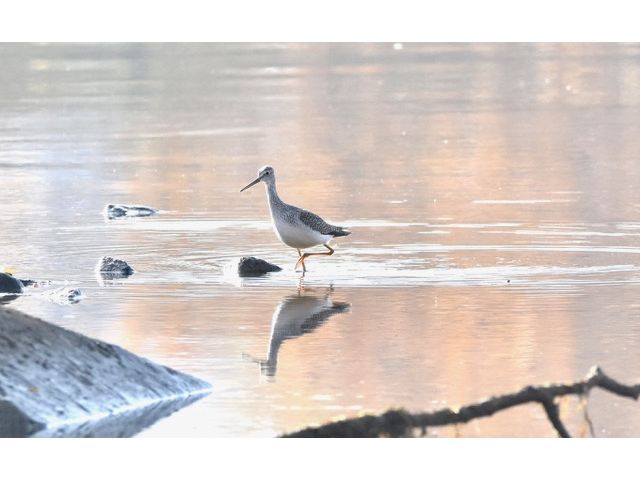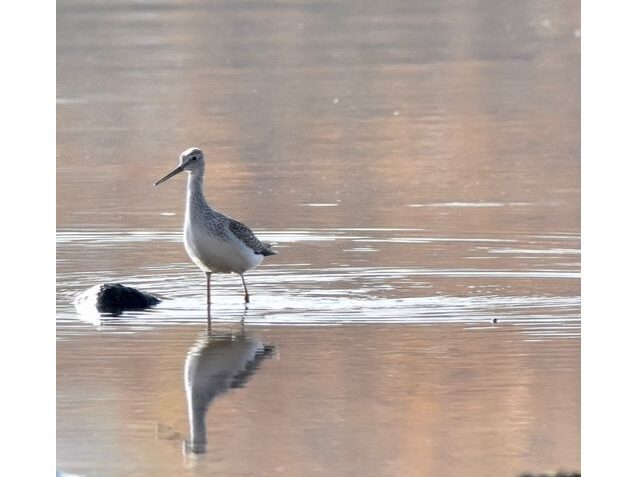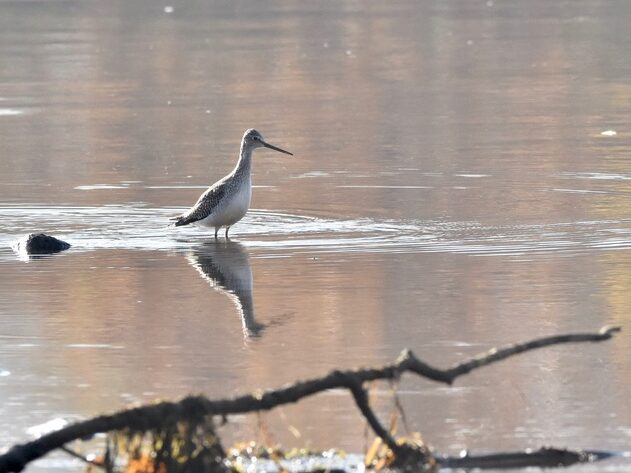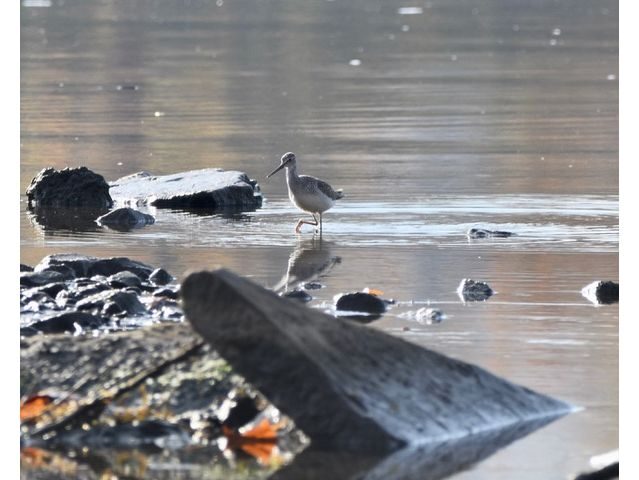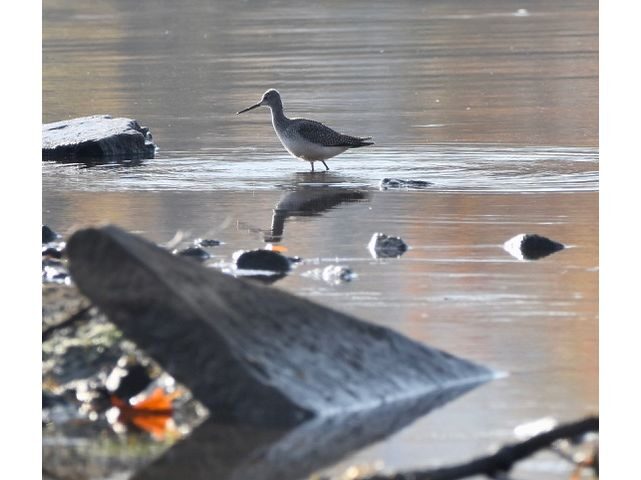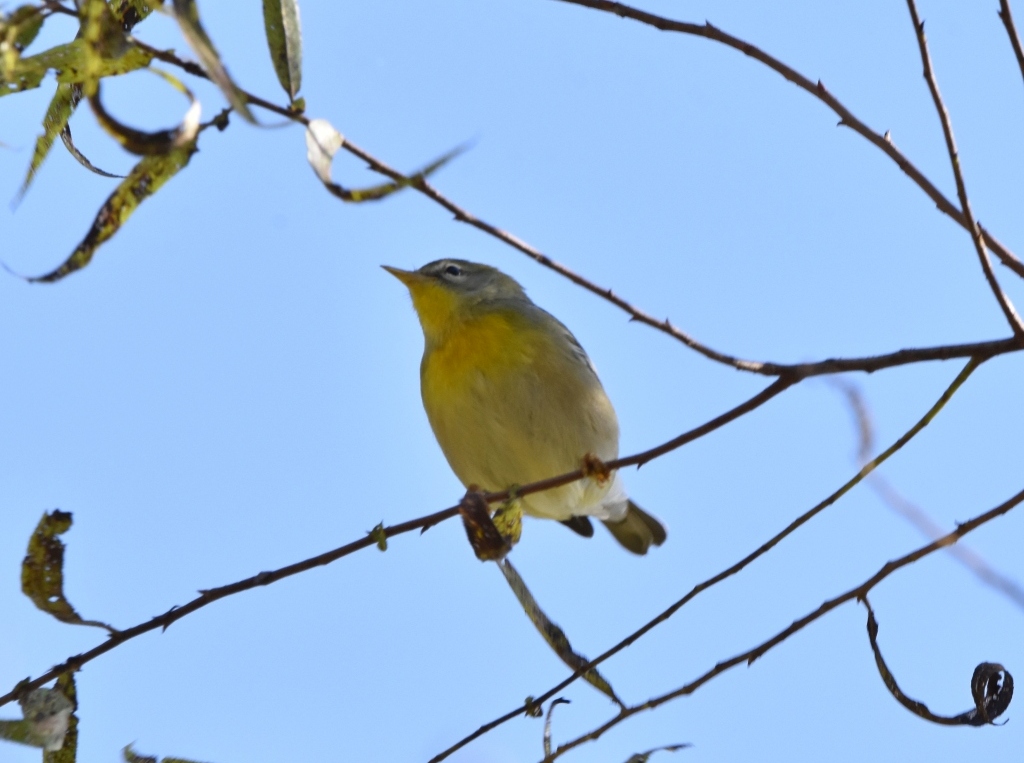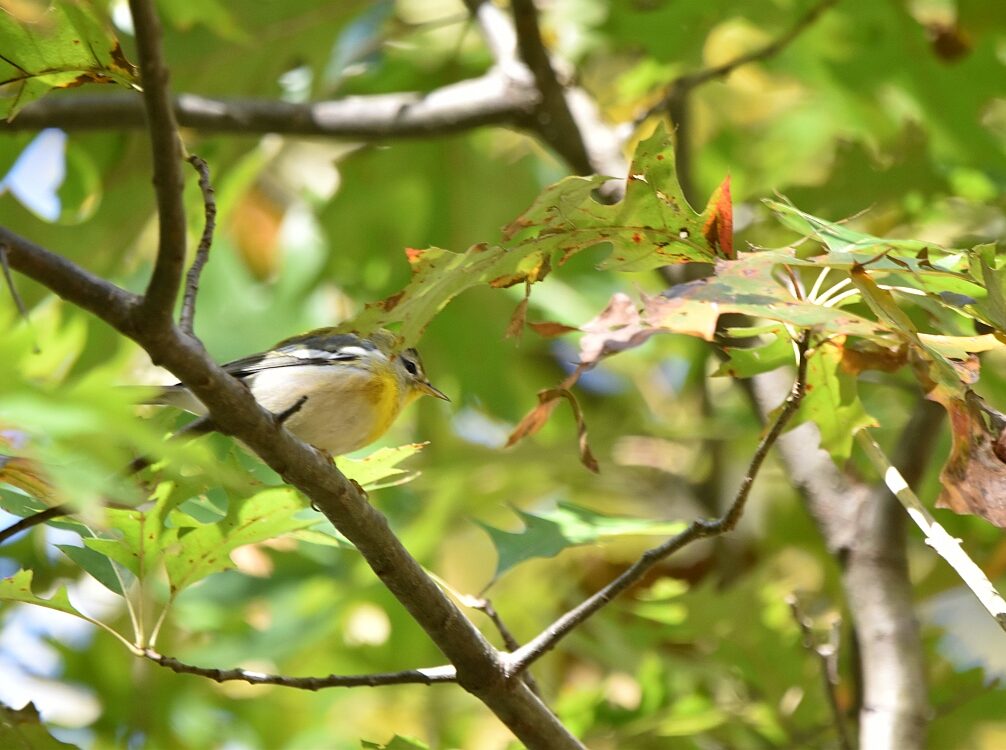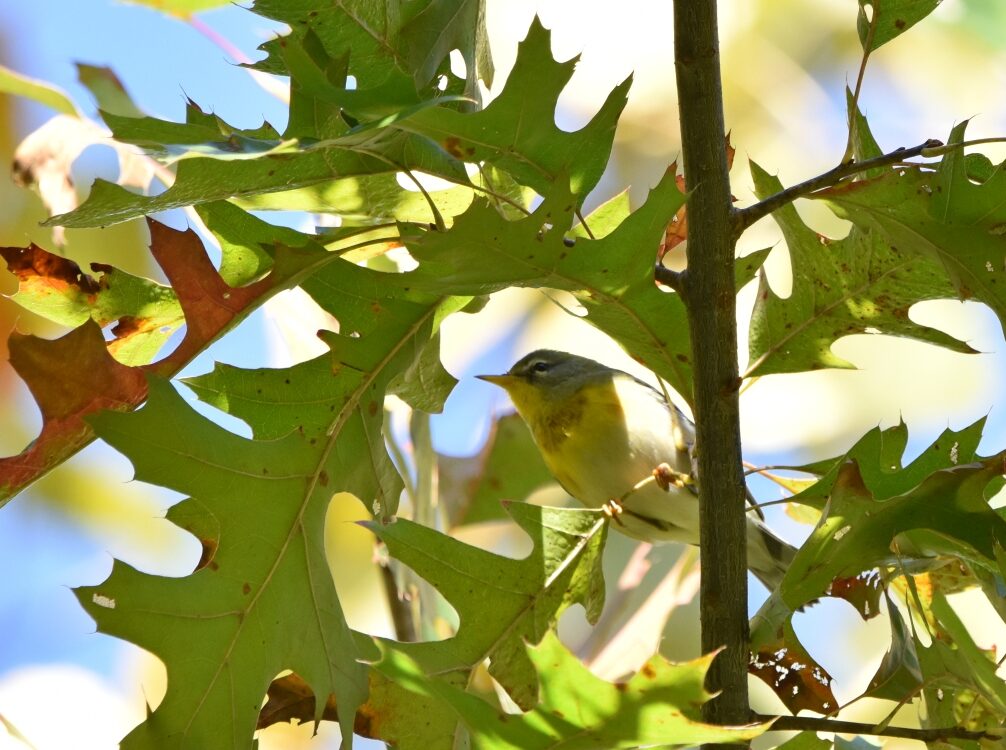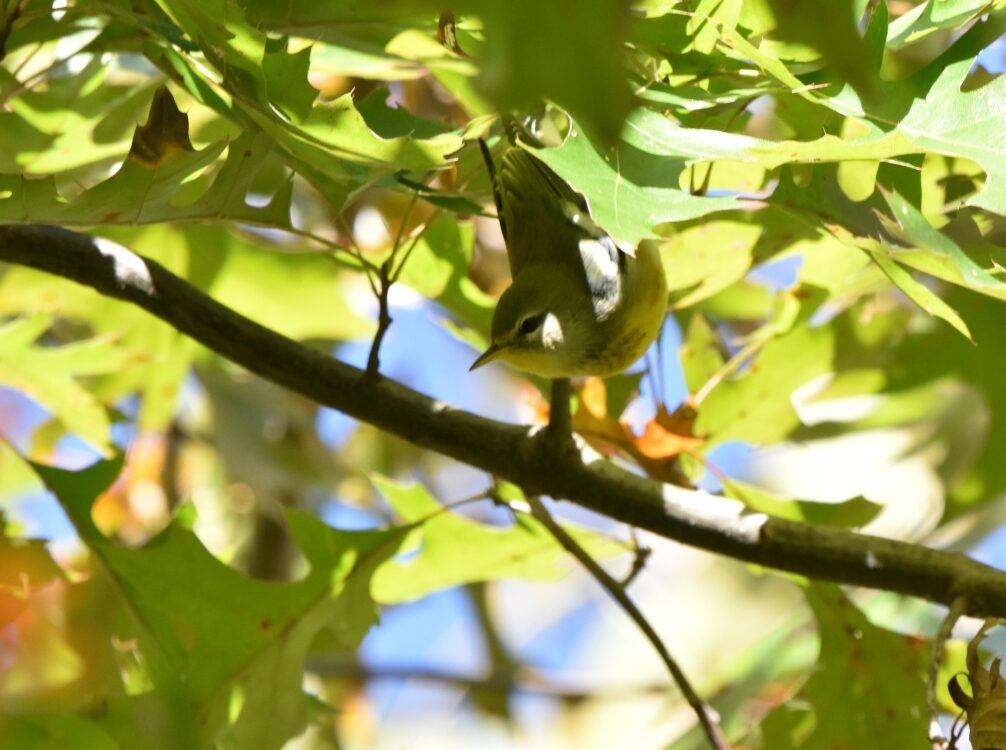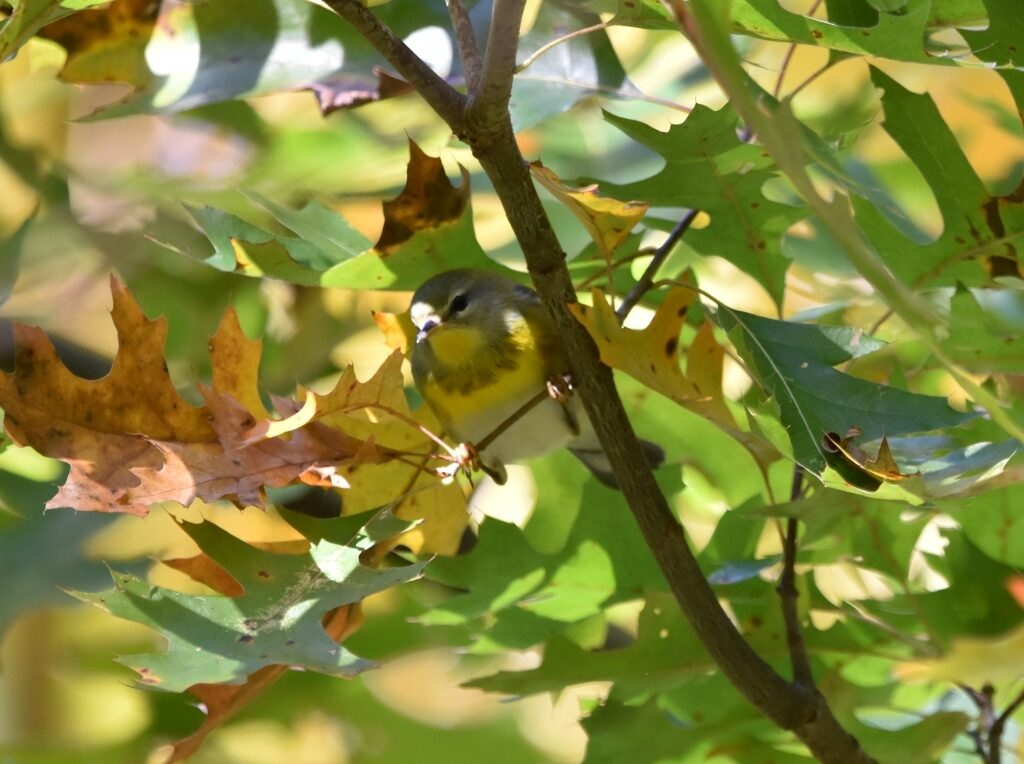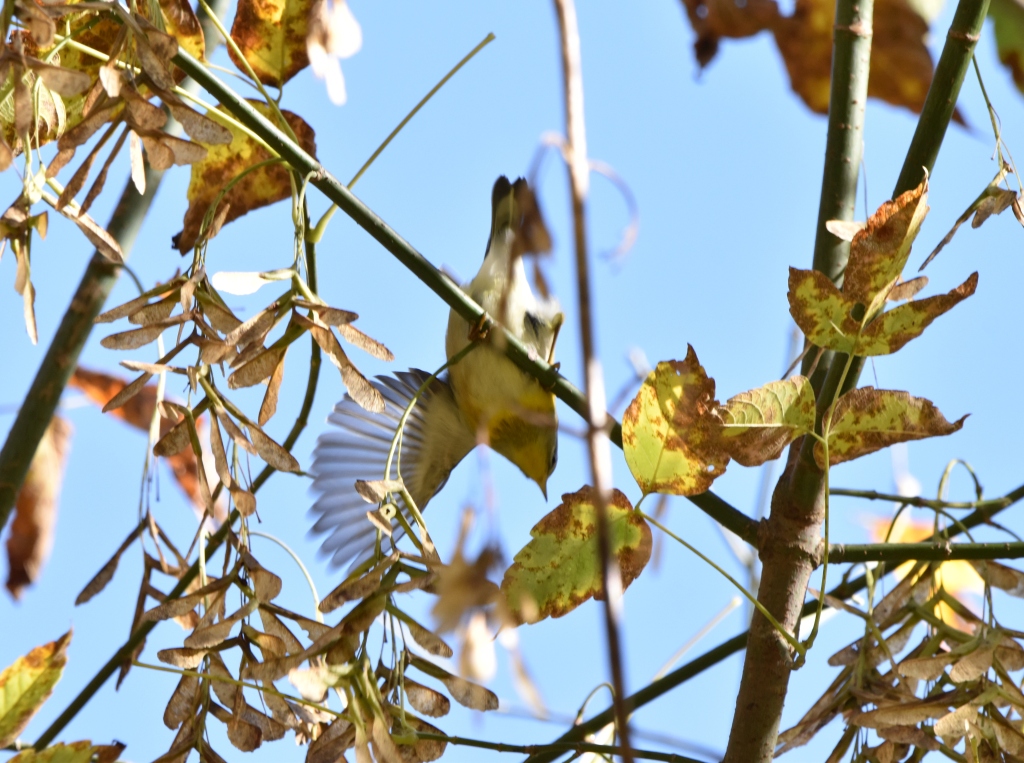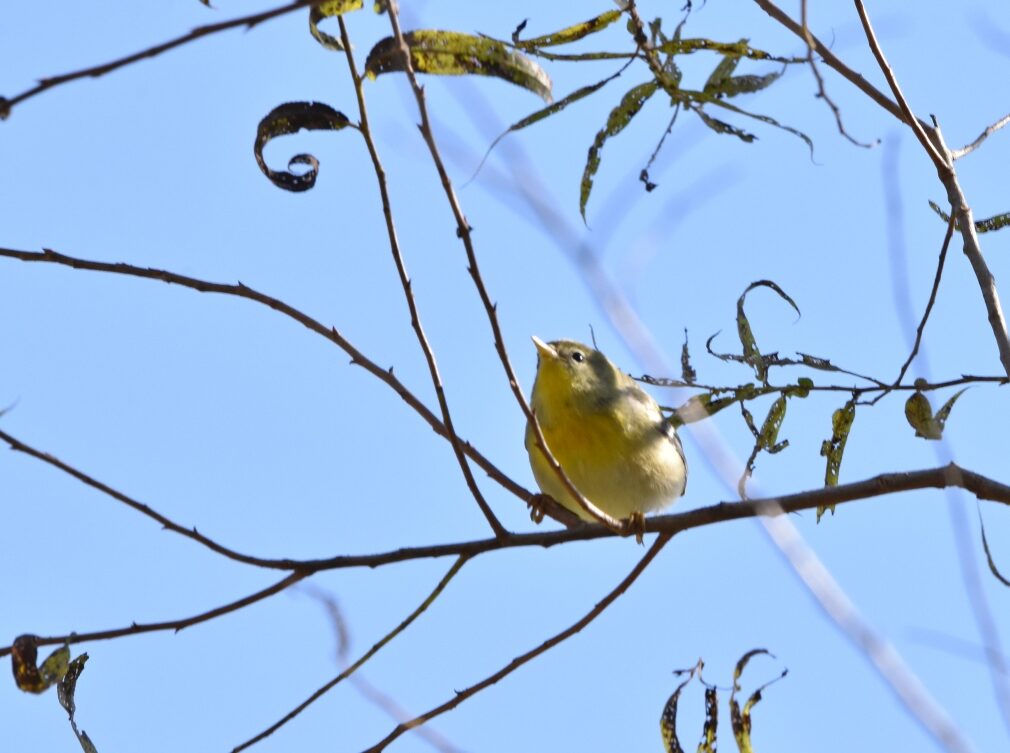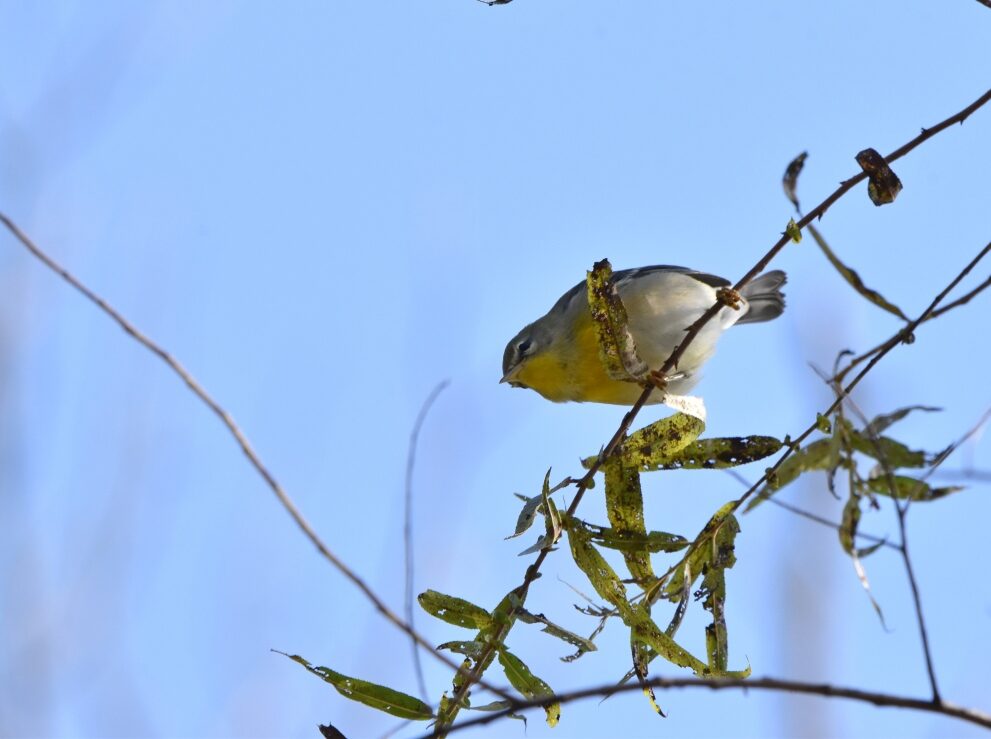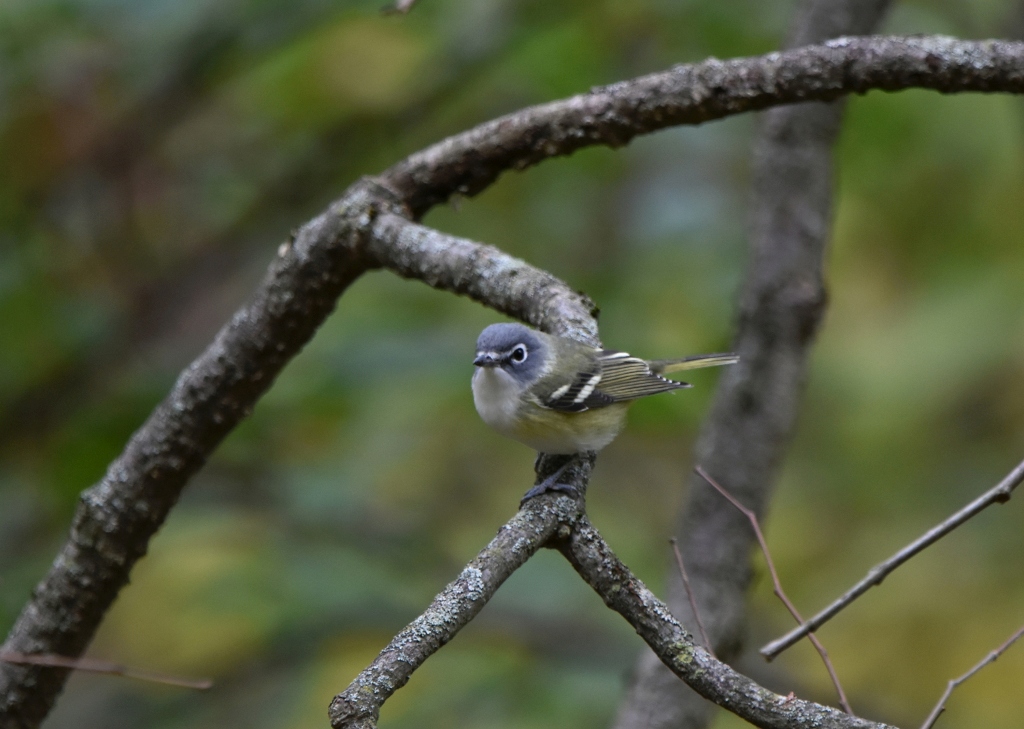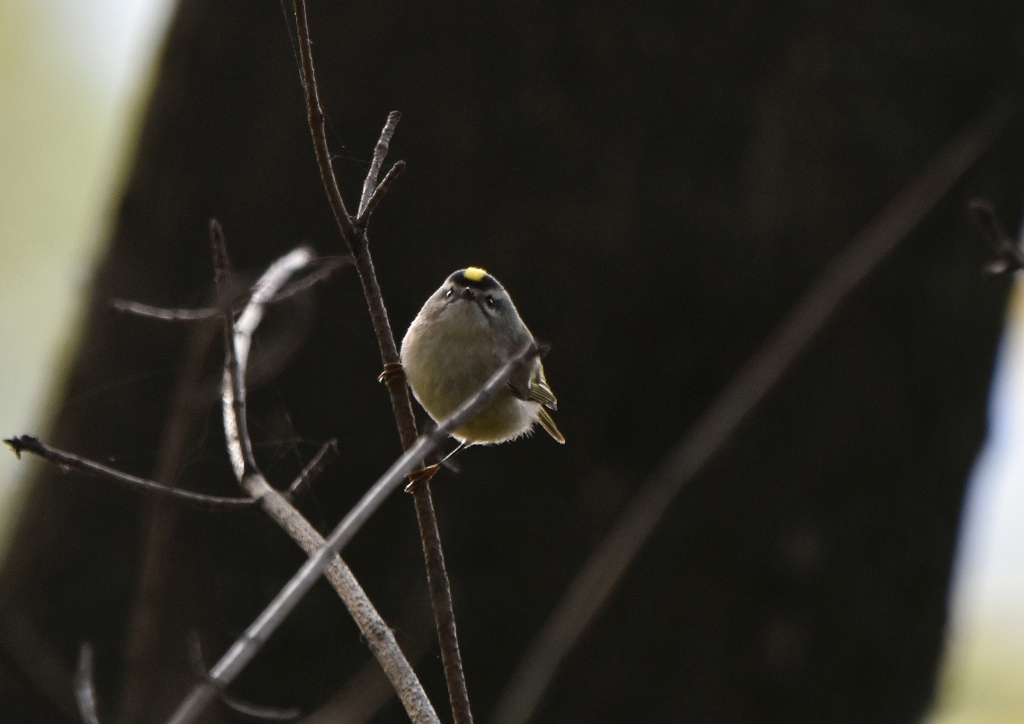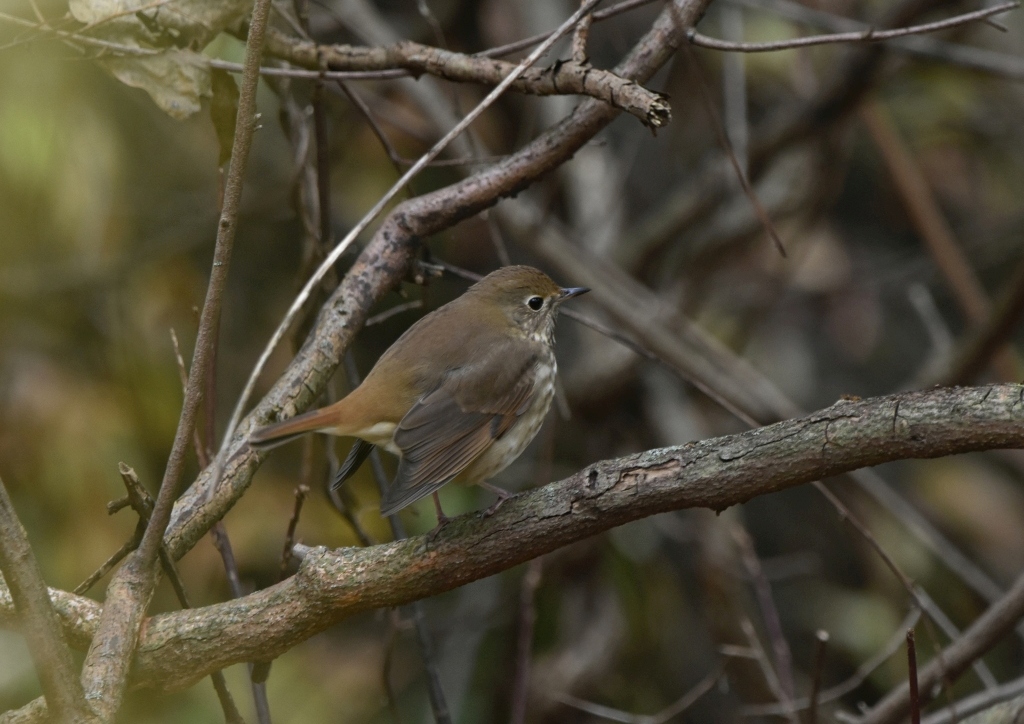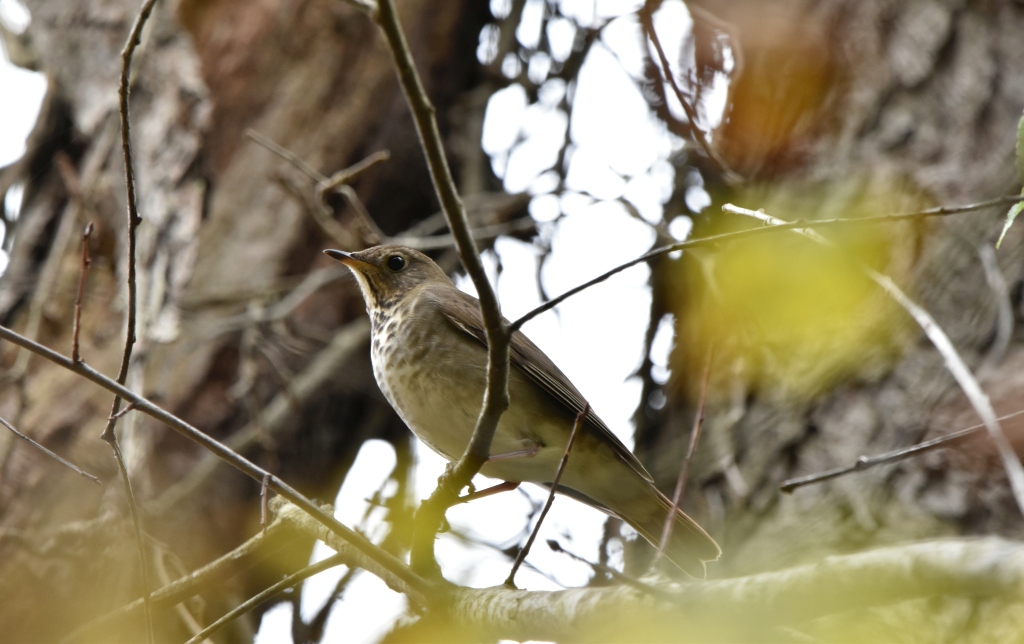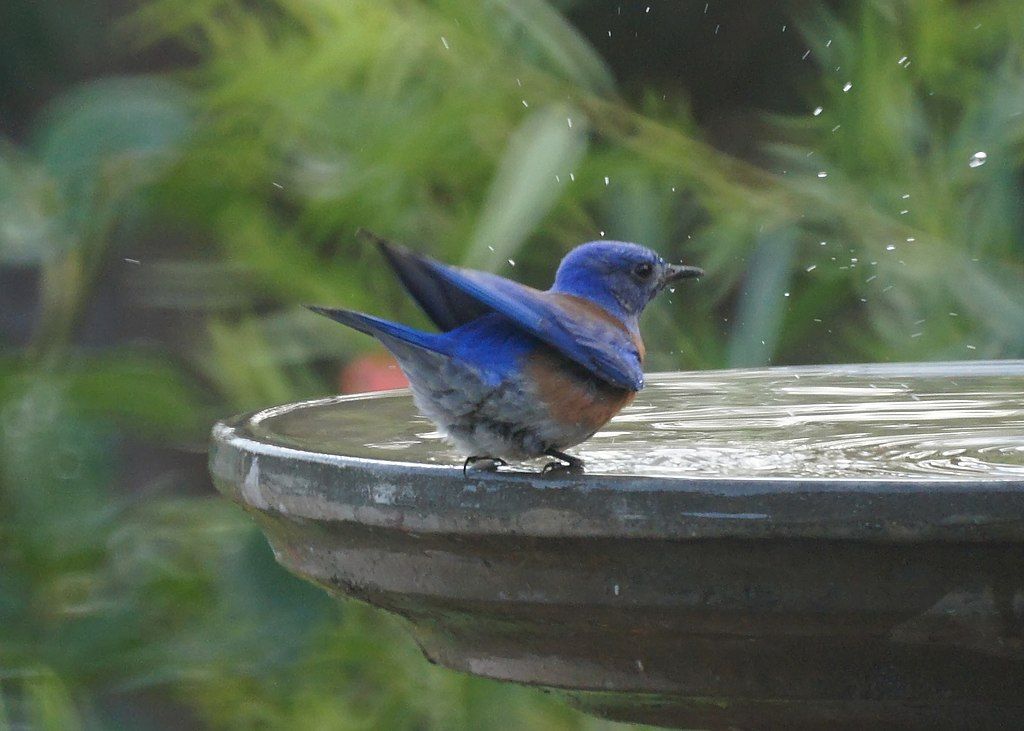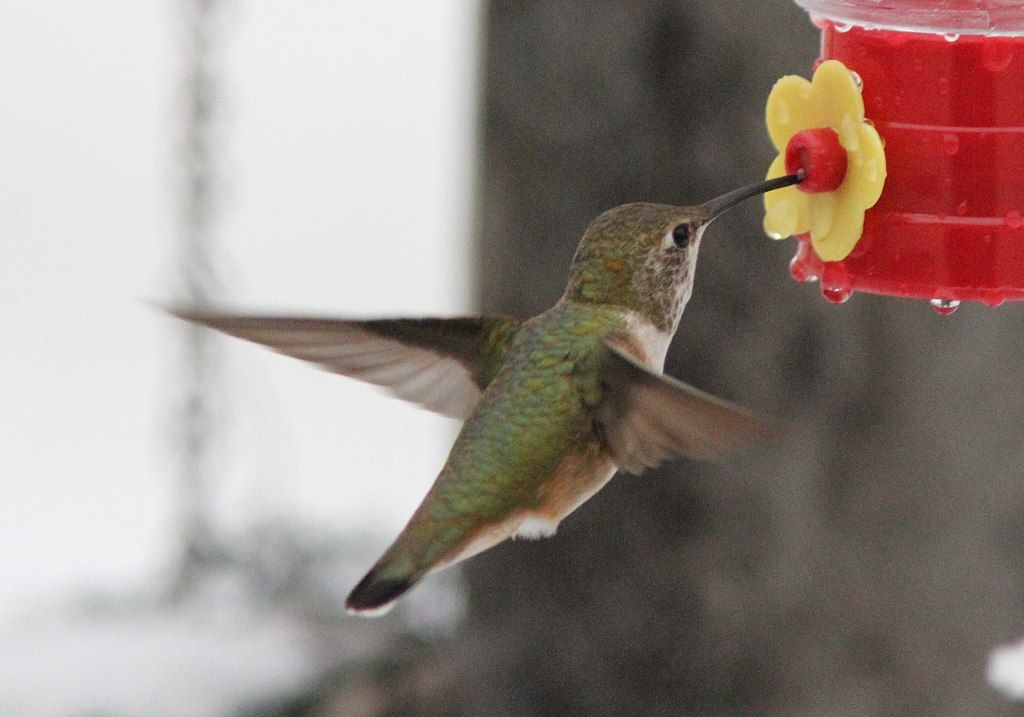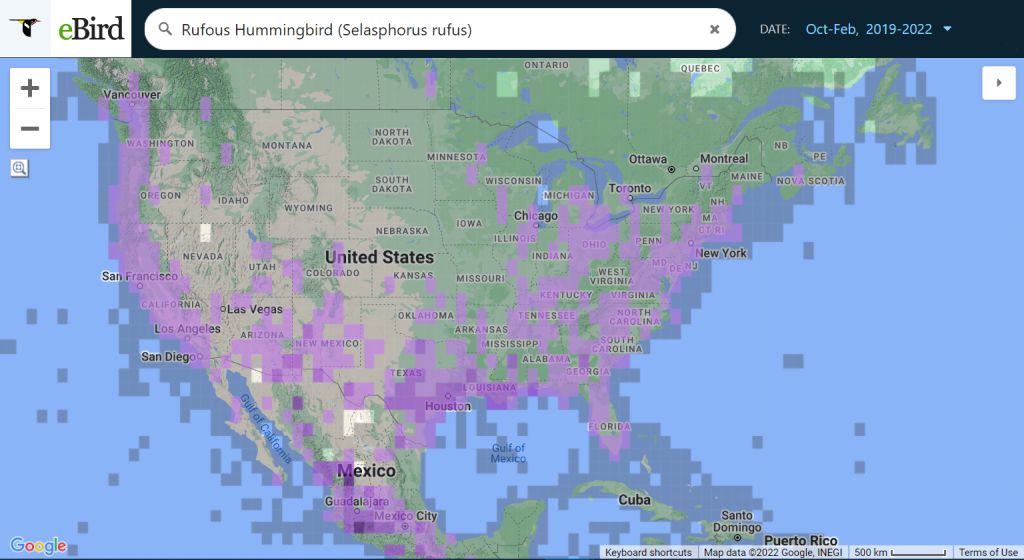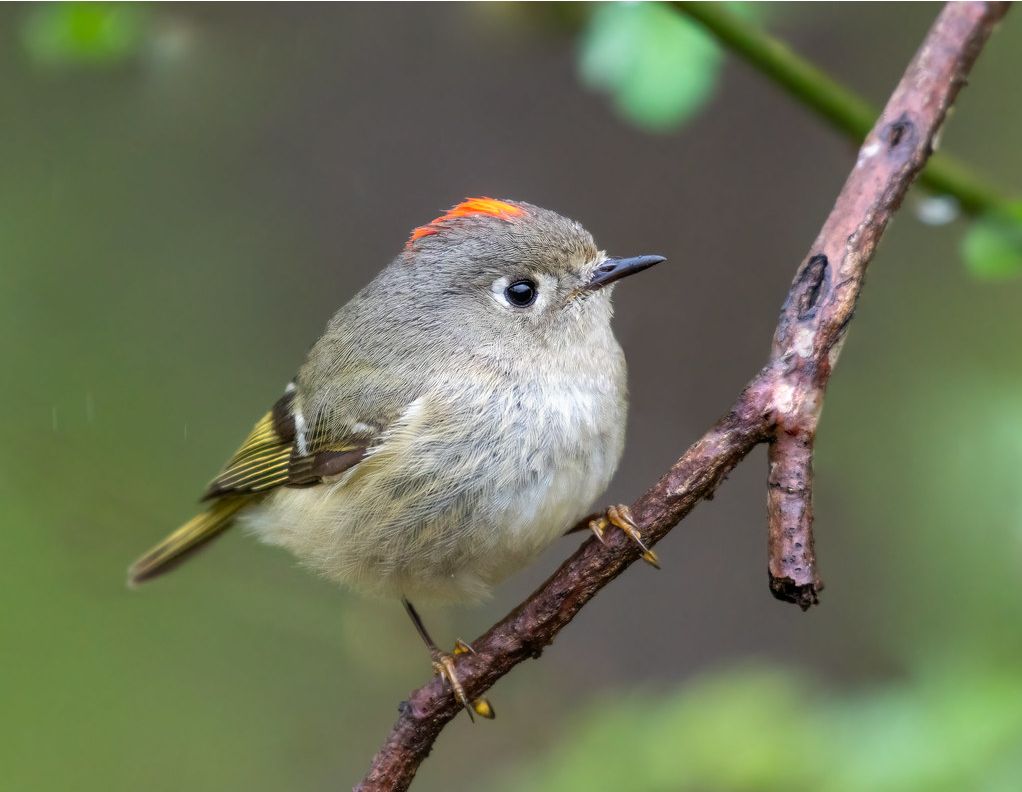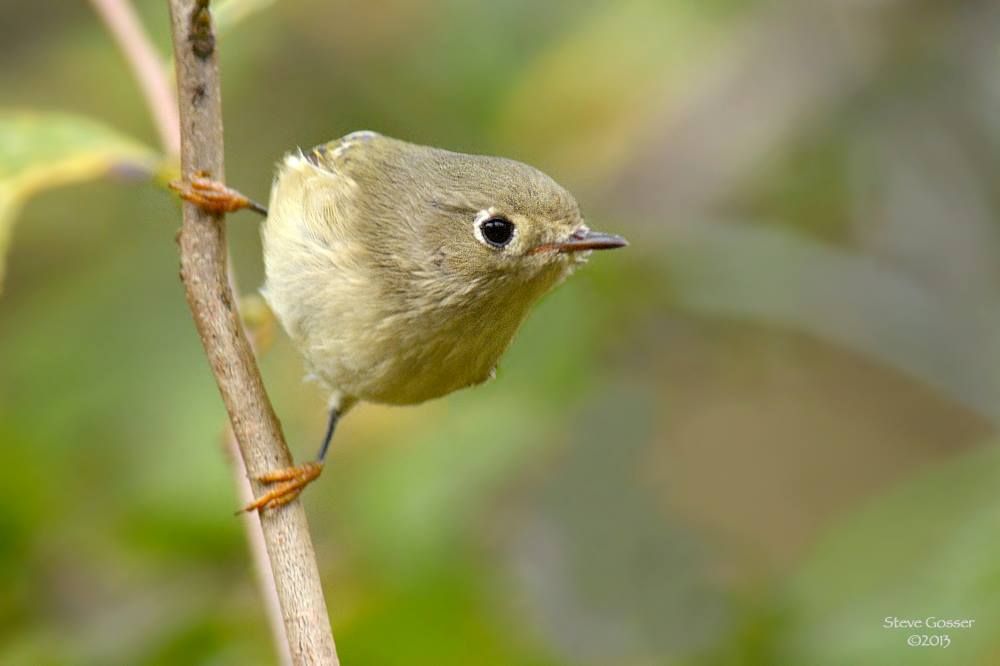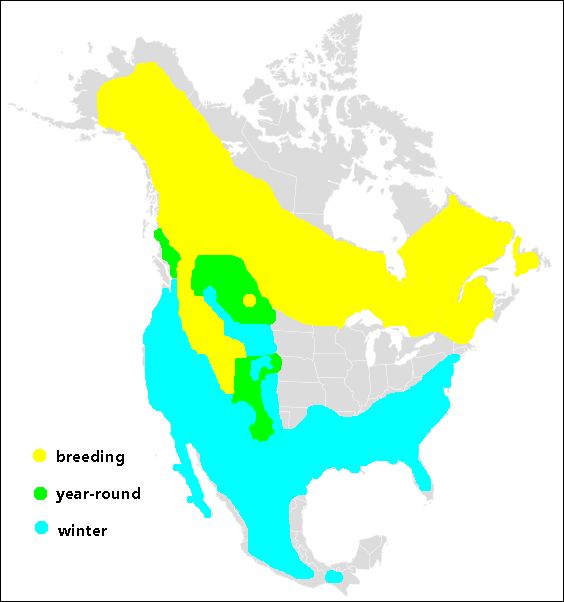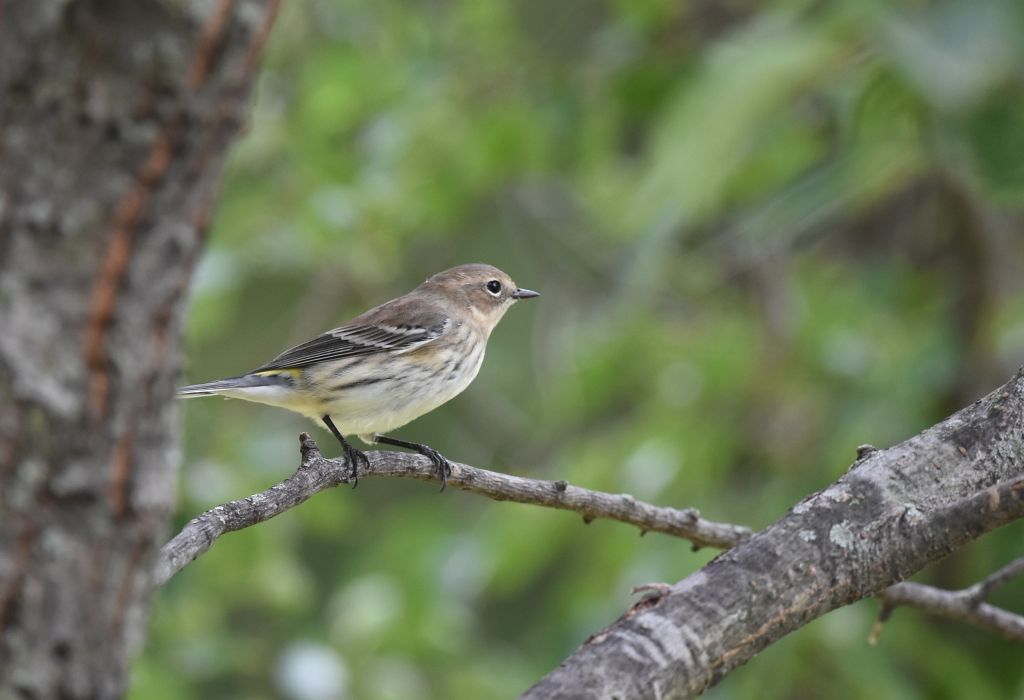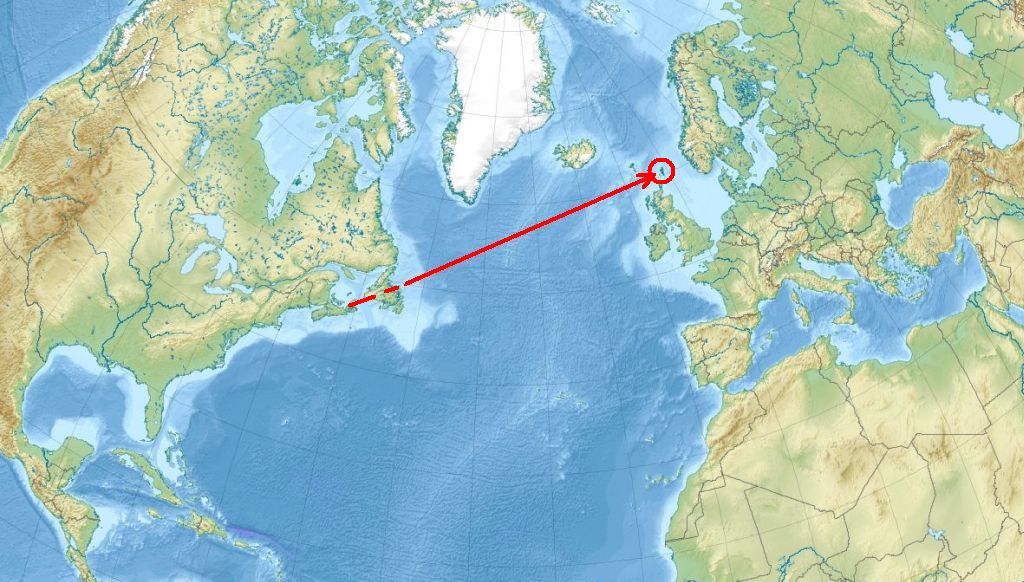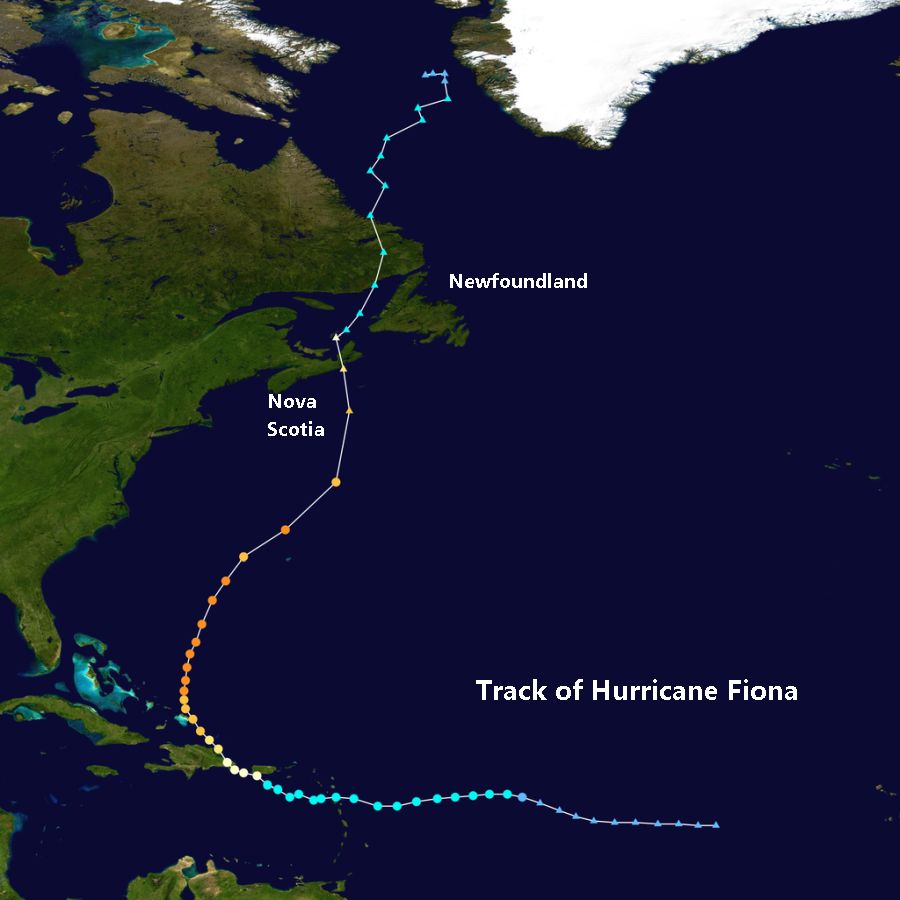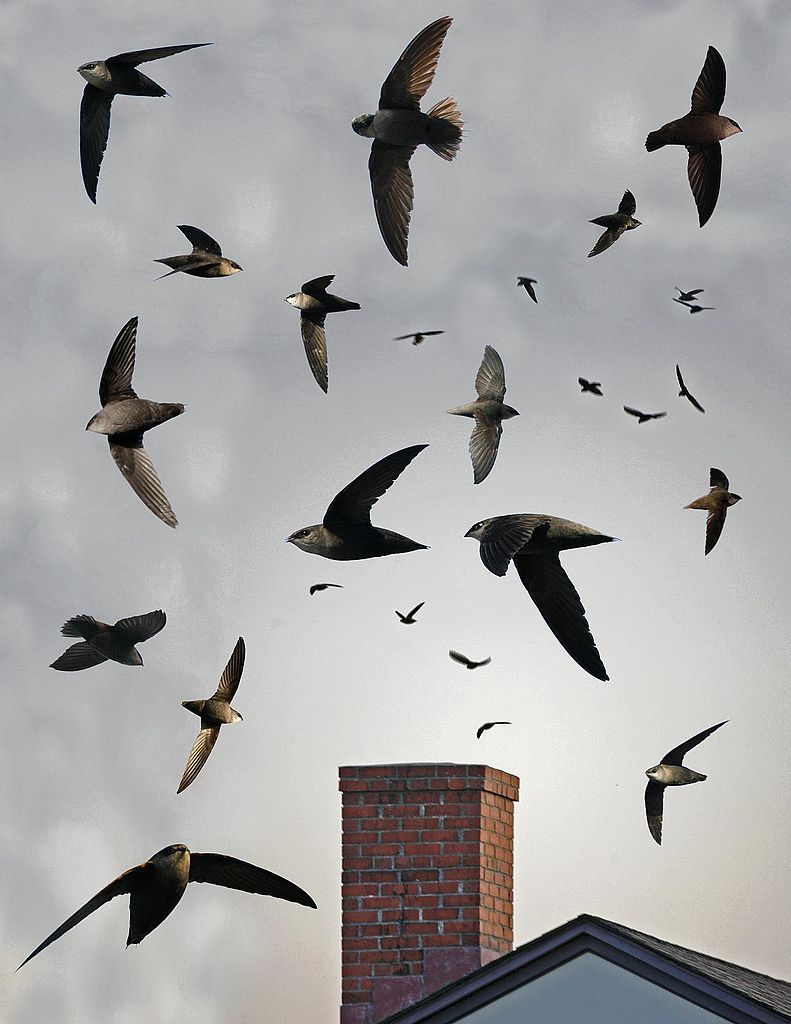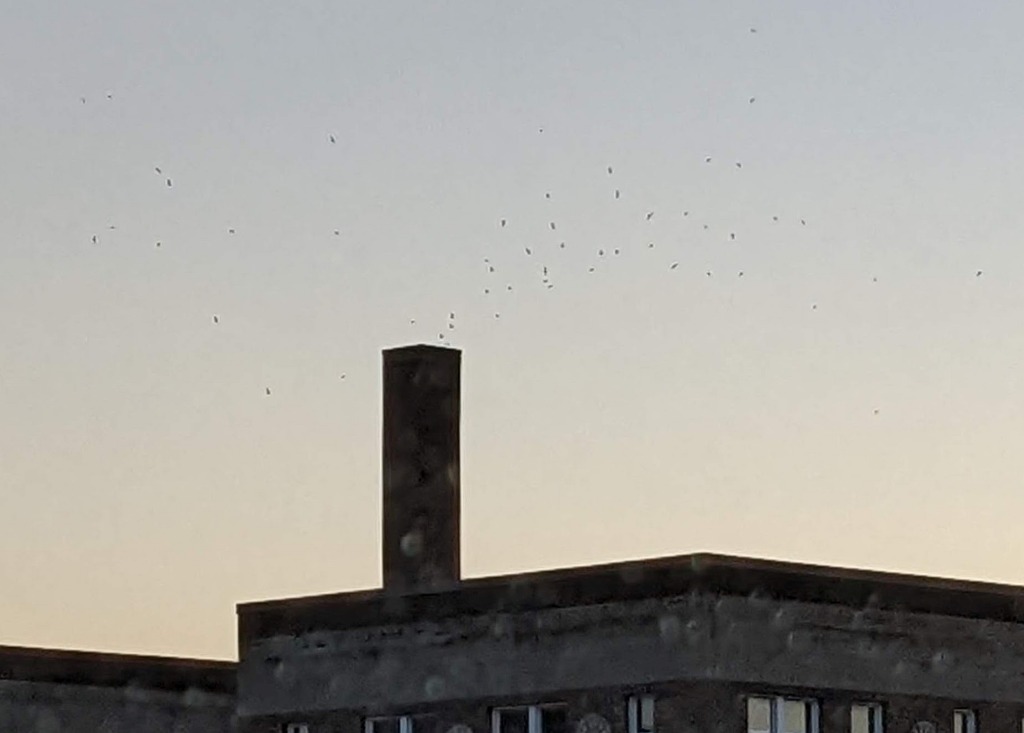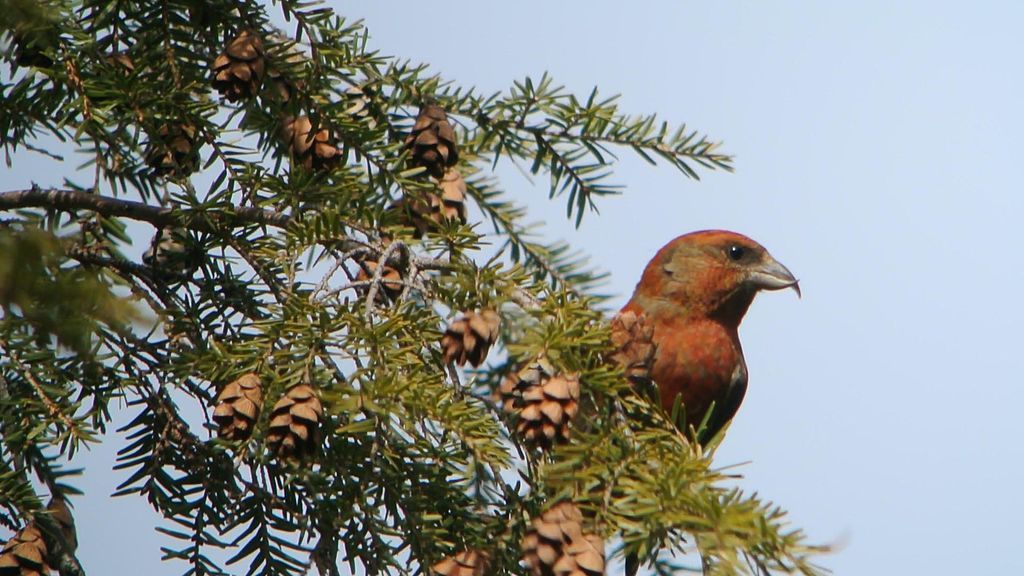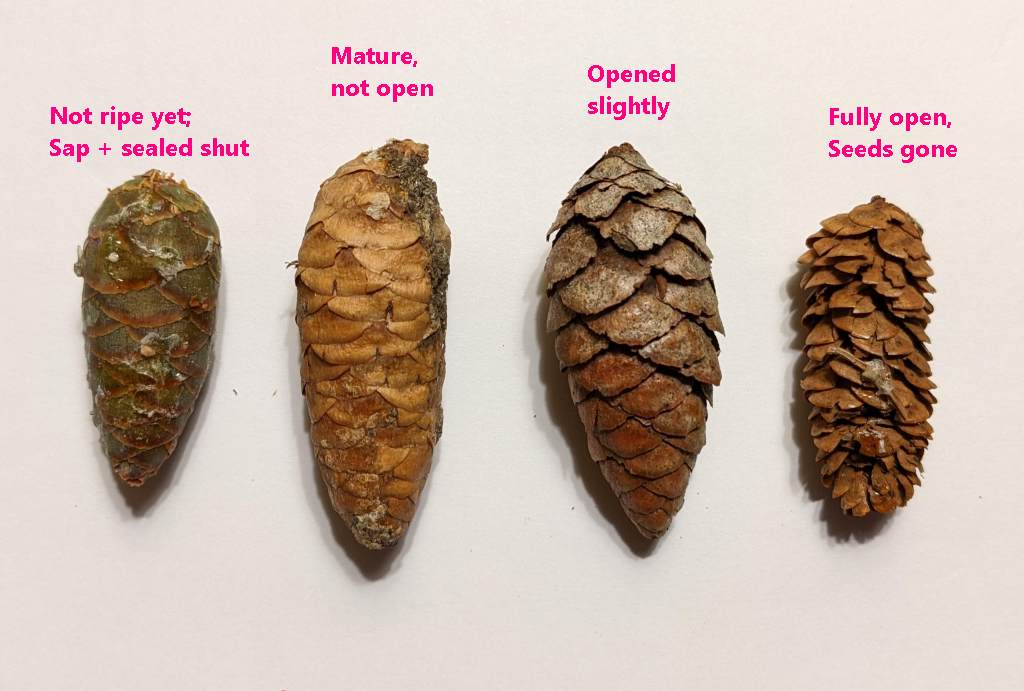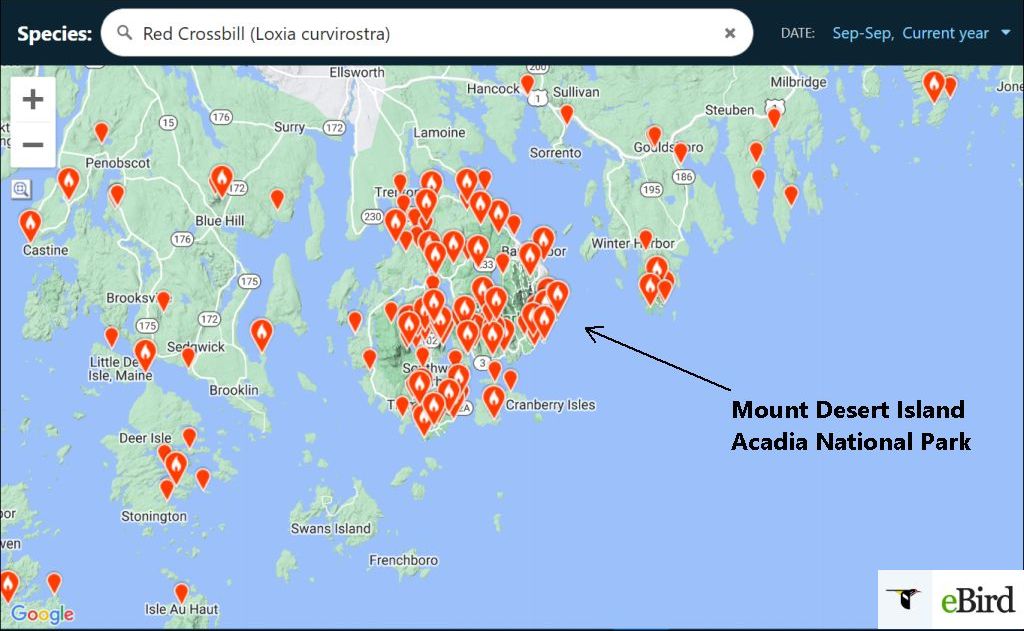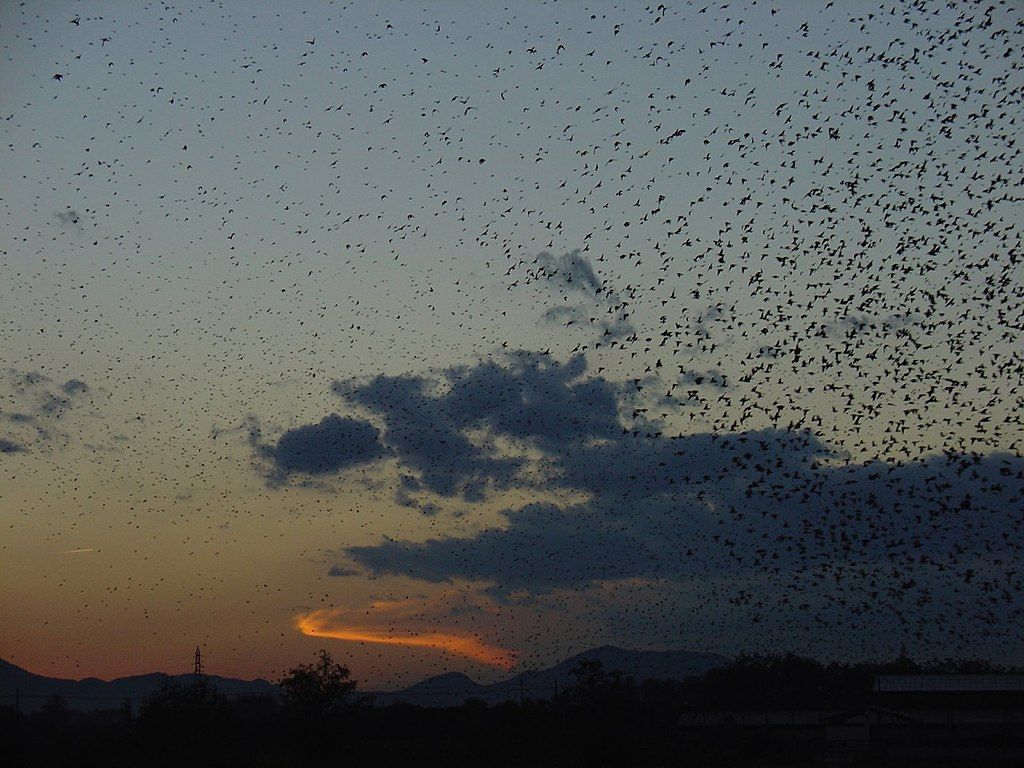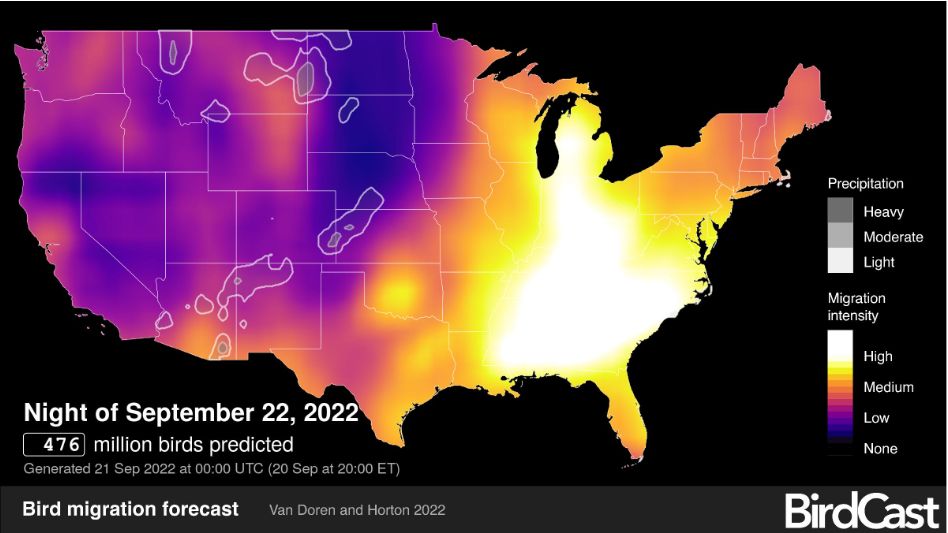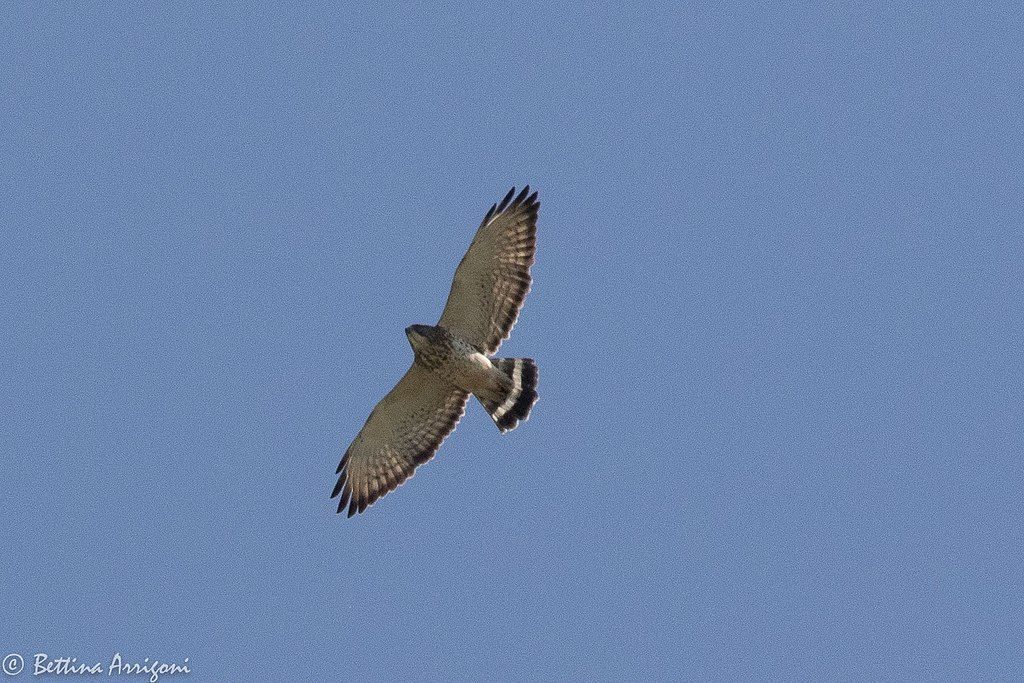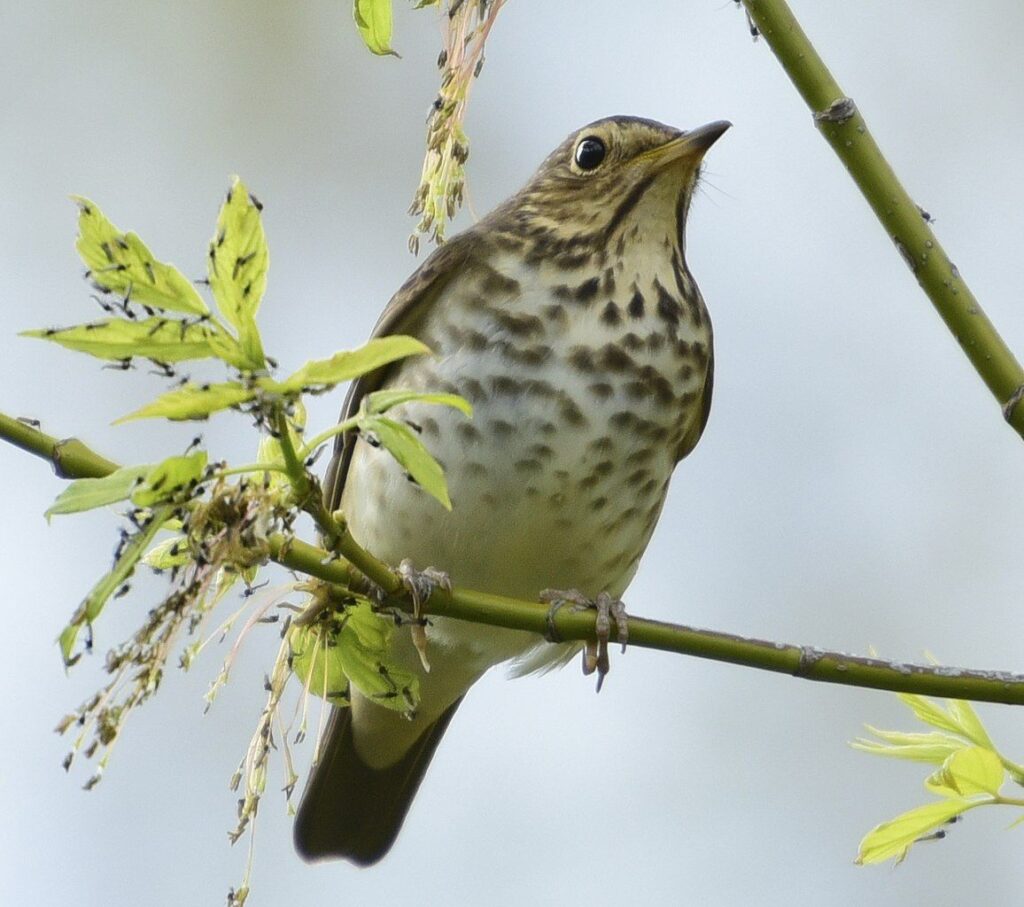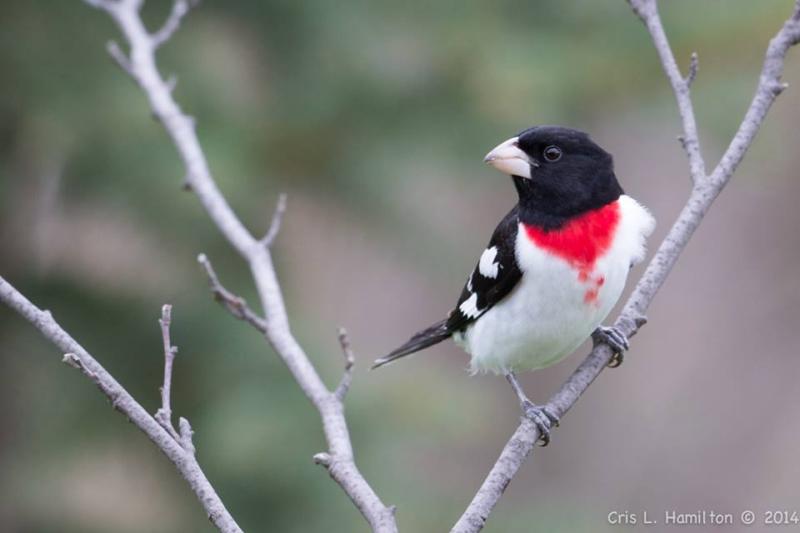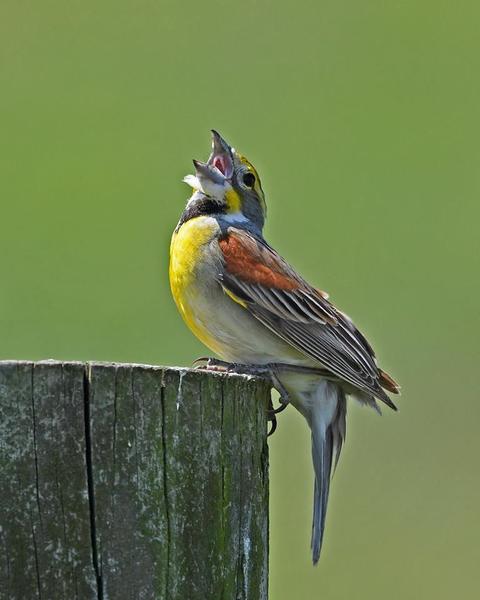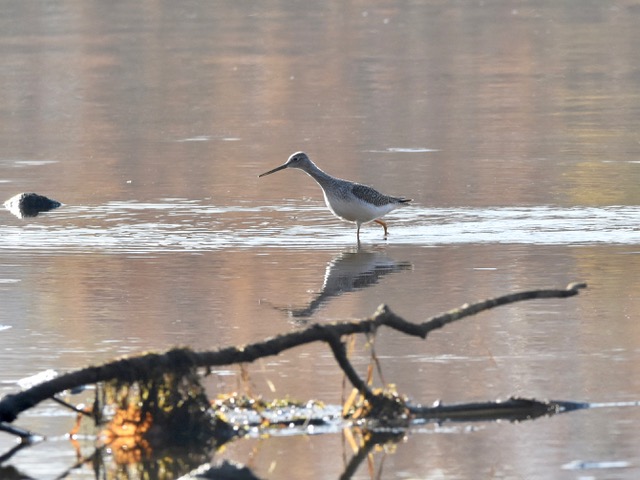
31 October 2022
Birds are considered rare when they show up at a time or place that’s unusual for them. The rarest are the birds out of place, two of which we saw yesterday at Duck Hollow.
The surf scoter (Melanitta perspicillata) first seen at Duck Hollow by John Flannigan on 26 October was still present on the 30th. Autumn is the right time of year to find a surf scoter migrating through Pennsylvania but Pittsburgh is a rare place to find one. Surf scoters nest in Alaska and northern Canada and spend the winter at the coasts.
We saw the scoter yesterday drifting downstream beyond the Homestead Grays Bridge in a view similar to Michelle Kienholz’s photo below. This dark and distant duck with a ‘Roman nose’ and some white on its head/face was a Life Bird for many in the group. (Click here for a better photo by Justin Kolakowski.)
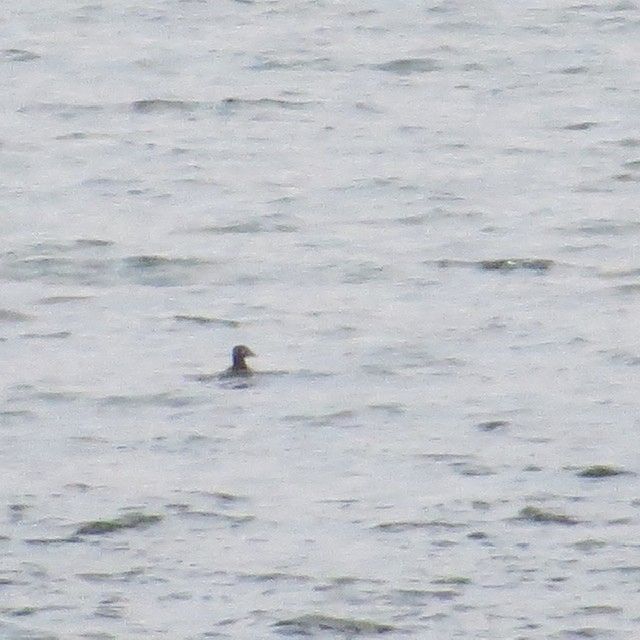
Our favorite rare bird of the day was the greater yellowlegs (Tringa melanoleuca) that we heard before we found him. Greater yellowlegs had never been recorded at Duck Hollow in autumn and rarely show up in Allegheny County even in spring. They nest in Canada and Alaska and spend the winter near the US southern coasts and in Central and South America.
When we heard his call (similar to audio below) we went down to the shore to find him.
Greater and lesser yellowlegs are similar but our bird’s vocalization, his slightly upturned beak and his behavior were diagnostic.
Generally walks with high-stepping gait; occasionally runs with neck extended. Movements rapid and jerky.
— Birds of the World, Greater Yellowlegs
Lisa Kaufman took many photos of him.
The Duck Hollow outing was a success even though we saw only 21 species. Here’s our list.
Duck Hollow, Allegheny, Pennsylvania, US
Oct 30, 2022 8:30 AM – 10:30 AM
Protocol: Traveling, 1.0 mile
21 species, 9 participants.
Canada Goose (Branta canadensis) 2
Mallard (Anas platyrhynchos) 12
Surf Scoter (Melanitta perspicillata) 1 Continuing bird, drifting down stream when we saw it
Common Merganser (Mergus merganser) 5
Killdeer (Charadrius vociferus) 2
Greater Yellowlegs (Tringa melanoleuca) 1 photos by participant Lisa Kaufman
Belted Kingfisher (Megaceryle alcyon) 1
Red-bellied Woodpecker (Melanerpes carolinus) 3
Downy Woodpecker (Dryobates pubescens) 2
Blue Jay (Cyanocitta cristata) 2
American Crow (Corvus brachyrhynchos) 1
Carolina Chickadee (Poecile carolinensis) 5
Golden-crowned Kinglet (Regulus satrapa) 1
White-breasted Nuthatch (Sitta carolinensis) 1
Carolina Wren (Thryothorus ludovicianus) 5
American Robin (Turdus migratorius) 16
Cedar Waxwing (Bombycilla cedrorum) 4
White-throated Sparrow (Zonotrichia albicollis) 11
Song Sparrow (Melospiza melodia) 2
Yellow-rumped Warbler (Setophaga coronata) 4
Northern Cardinal (Cardinalis cardinalis) 5
View this checklist online at https://ebird.org/checklist/S121573064
(photos by Lisa Kaufman and Michelle Kienholz)
